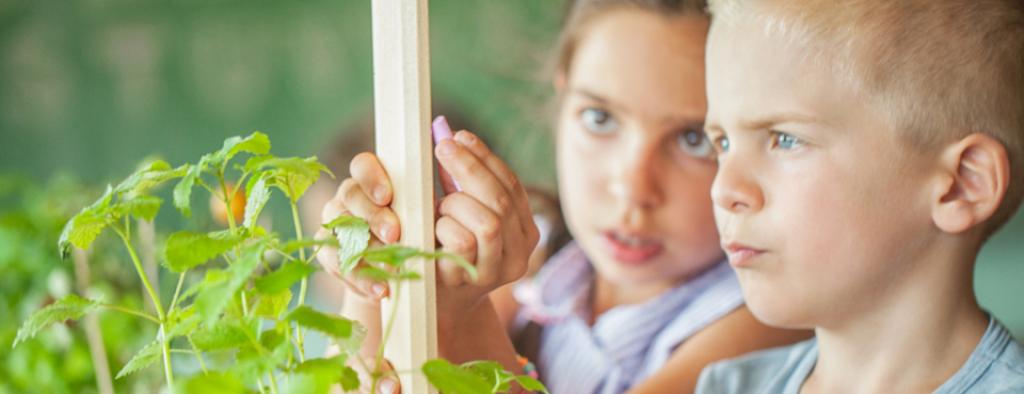Bringing sustainability into your school allows students to interact with and understand their local environment, examine how they fit into the bigger picture, and to start to consider the interconnectedness of life.
What is sustainability?
We hear the word sustainability used in so many contexts that it can lose meaning.
In its simplest form, sustainability is the ability of something to maintain or sustain itself.
“Sustainability addresses the ongoing capacity of Earth to maintain all life.”
– ACARA uses this definition for the cross-curriculum priority.
Here are some additional definitions that may be useful when thinking about sustainability:
‘Sustainability is about ensuring that the wellbeing of society – the combination of community liveability, environmental sustainability and economic prosperity – is maintained or improved over time.’
‘Enough … for all … forever.'
(Anonymous delegate, World Summit on Sustainable Development, 2002)
‘Sustainable development is development that meets the needs of the present without compromising the ability of future generations to meet their own needs.’
(Brundtland Report, World Commission on Environment and Development, 2005)
‘We do not inherit the earth from our ancestors, we borrow it from our children.’
(Native American Proverb)
Sustainability thinking is often considered under three core dimensions: environmental, societal and economic. The natural systems of the Earth provide the essential services to support life on the planet; healthy societies and economies are dependent upon these services.
